When a film studio vacillates, second-guesses, over-develops, and hesitates in the making of a tentpole blockbuster, the end result is almost always like The Flash. Andy Muschietti’s superhero adventure is the result of literally decades of unsuccessful development, culminating in something that – if not borderline unwatchable – is certainly the most pronounced death throe of Warner Bros’ DC Extended Universe to date. There is still James Wan’s Aquaman and the Lost Kingdom to come, but the DCEU has been dead for a while, with fans paying good money to watch a corpse twitch.
Even if you count development on this specific iteration of The Flash alone, Warner Bros committed to making in 2013, and then took so long to get it to screens that another branch of the company developed, prepared, and launched a television version and produced nine seasons of it before the film saw the inside of movie theatres. A lot of other things happened in that decade. The franchise for which it was designed to be a part crashed and burned. Its lead actor went from promising fresh talent to disgraced promotional cancer, facing accusations of harassment, assault, drug possession, and grooming a minor. Honestly, Ezra Miller’s alleged behaviour is not even close to The Flash’s biggest problem. By the time it opened earlier this year, Warner Bros had already announced the end of the DCEU shared universe, hired a new pair of executives, and promoted an upcoming relaunch of the entire suite of DC characters. When even its studio, that has invested something along the lines of US$200m on a film, admit that you probably do not need to go see it, you can be sure that the film has got major problems.
The synopsis, if you feel you need one: super-fast hero Barry Allen (Miller) discovers that he can run so fast as to travel through time. Against the advice of best friend Batman (Ben Affleck), Allen races back to change history and prevent his mother’s murder. That done, he unexpectedly finds himself in a parallel timeline where Superman never arrived on Earth, metahumans never developed, and Batman (Michael Keaton) has long since retired.
The problem with long development cycles is that producers and executives regularly hold on to story elements that simply are not working because they invested time and money in them. The result is always strange things in films that no longer have a narrative-based reason to exist, but stick around because someone in the process clearly thought were cool ideas. The Flash is full of plot beats, story elements, and characters that exist because they look exciting on screen, and not because the story requires or justifies them. This extends to motivations for its characters, which are weakly drawn and strangely arbitrary. There is a point during the film’s climax where two of the protagonists need to stop and explain the plot to each other.
Michael Keaton’s presence as Bruce Wayne/Batman is a case in point: there is no logical reason for his appearance, and no direct link between his character here and the one he played in Tim Burton’s Batman (1989) and Batman Returns (1992). Instead he exists in the film to spark nostalgic joy within the audience; an audience that, by-and-large, will not have seen a Batman earlier than Christian Bale. Of course in 2023 it doesn’t even feel like a fresh idea: Marvel Studios brought back a host of actors to a multiverse Spider-Man almost two years ago.
Miller was reasonably funny and appealing when they first properly played Barry Allen in Justice League (2016). Seven years later and their awkward, stammering persona has not developed, and instead comes across as gratingly unlikeable. As a parallel universe story you even get two awkward, irritating Barrys for the price of one. Sasha Calle emerges as one of the film’s better elements, playing a fresh take on Supergirl. Little to no time is spent on her character, however, and she does not even get time to properly adjust to her super powers. It is typical of the film: logic, patience, and depth are largely surplus to requirements, and simply get in the way of all of the CGI.
And it is truly terrible CGI at that. With animation that looks little better than equivalent scenes in The Matrix Revolutions (2003), The Flash would have you thinking that visual effects have not advanced in 20 years. Awkwardly posed digital mannequins are used in lieu of human stunt work, as shortcuts for live production, and to ghoulishly resurrect long-dead respected actors for a quick pop culture hit.
DC Comics is home to the world’s best popular superheroes. The Flash is a wonderful, upbeat character with enormous big-screen potential. Even “Flashpoint”, the comic storyline from which the screenplay takes its lead, has tremendous potential for interesting stories. All of these elements are squandered or ignored.
Either The Flash was produced by very foolish and stupid people, or it was produced by people who assumed the audience themselves were stupid. Either way, the disrespect for a paying audience here is palpable.
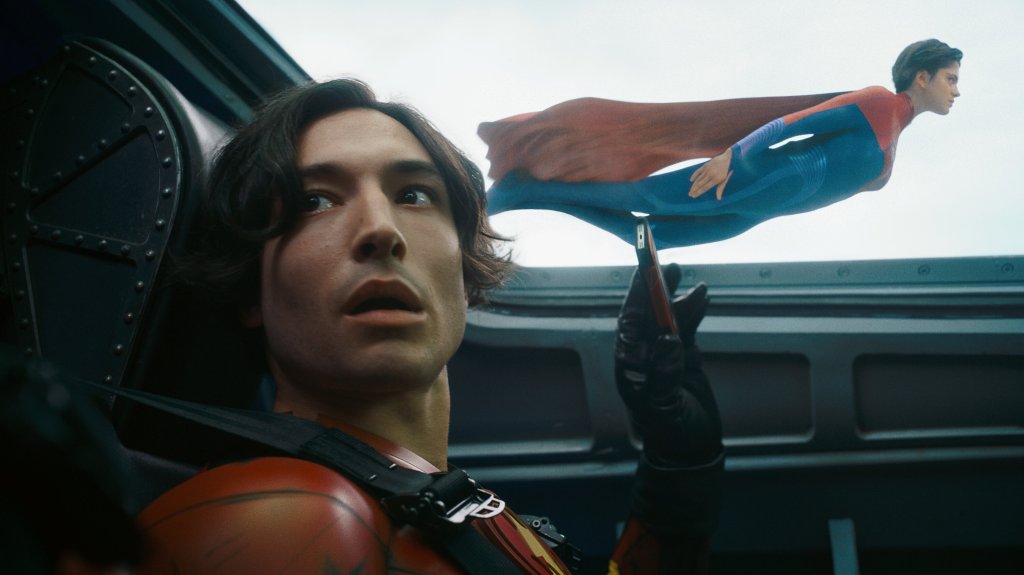
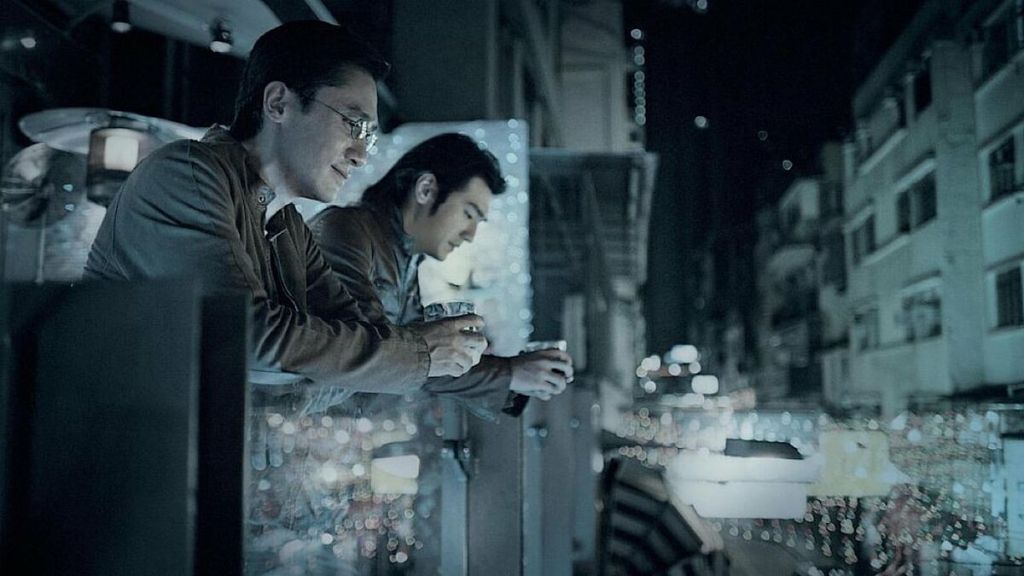
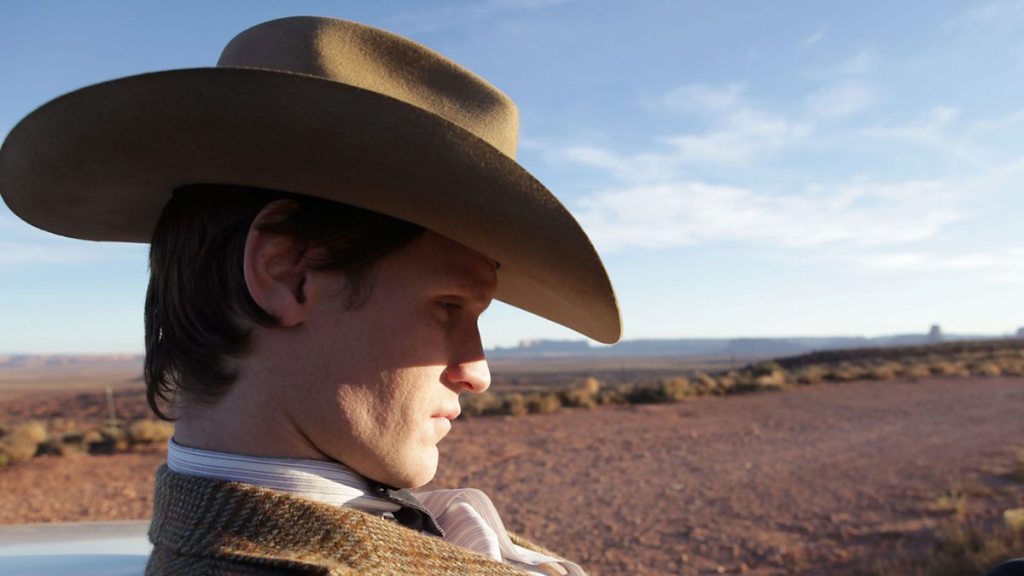
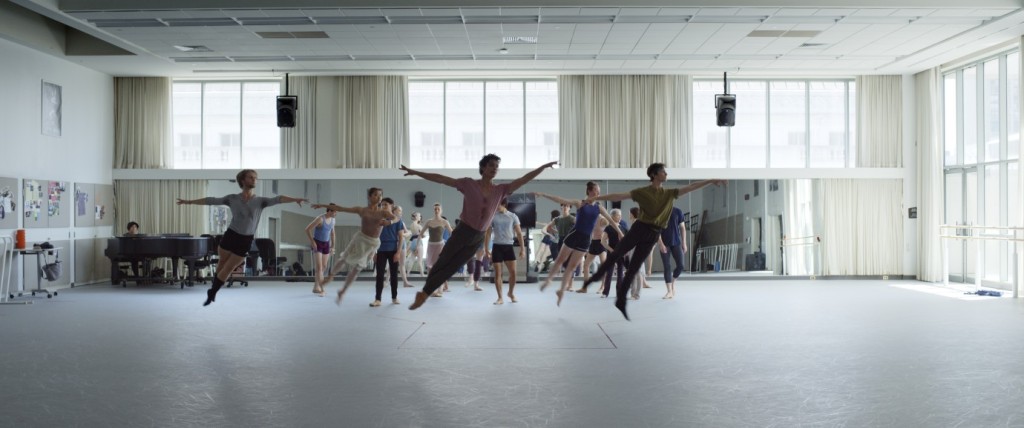
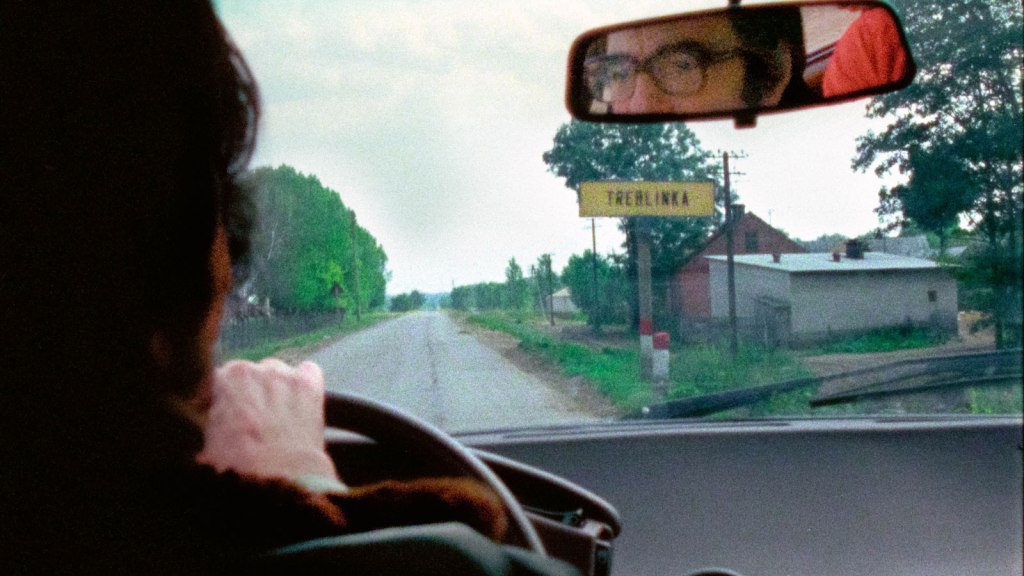
Leave a comment